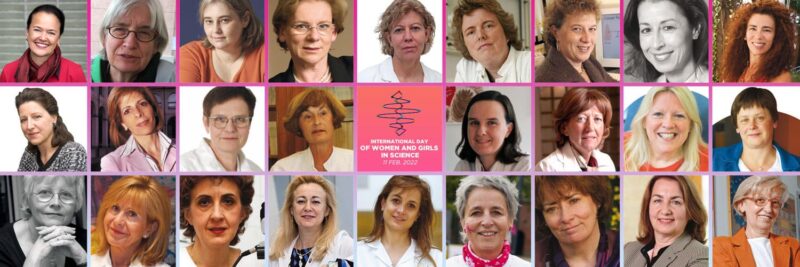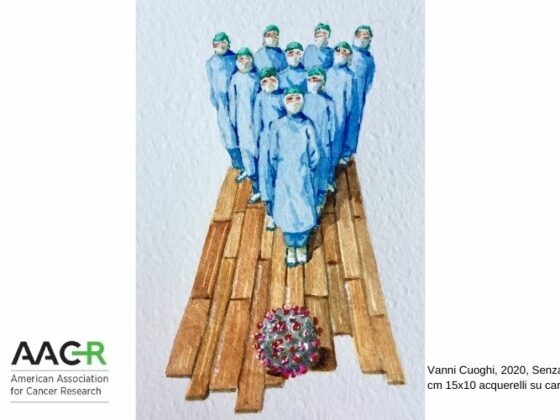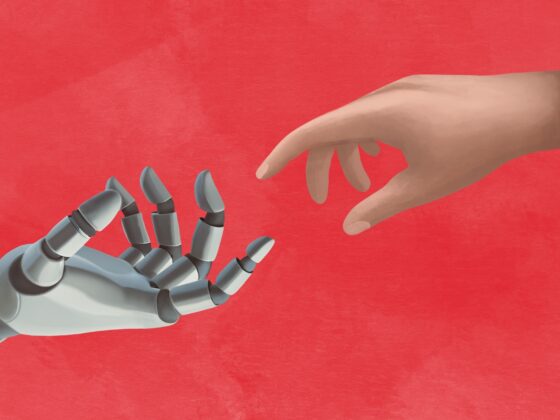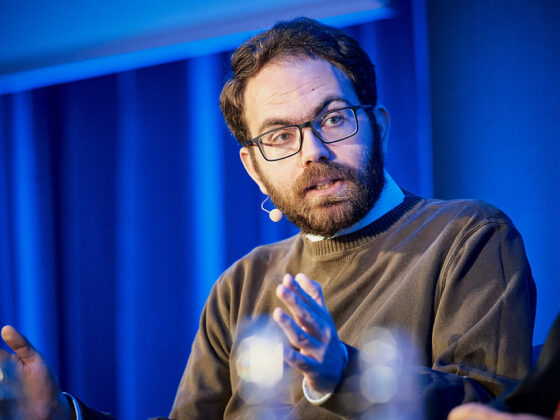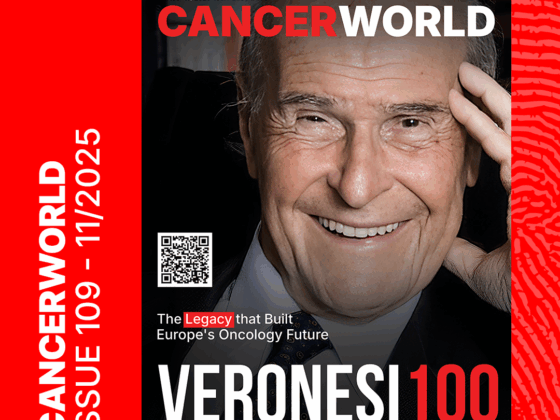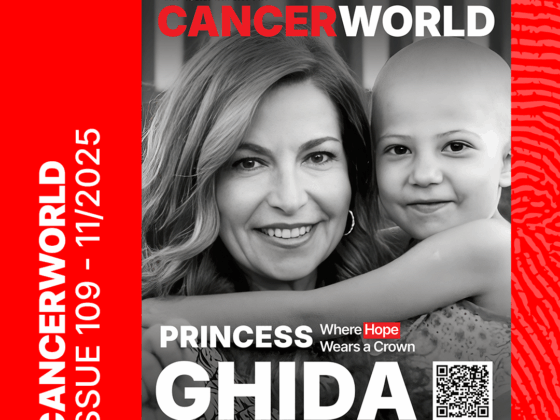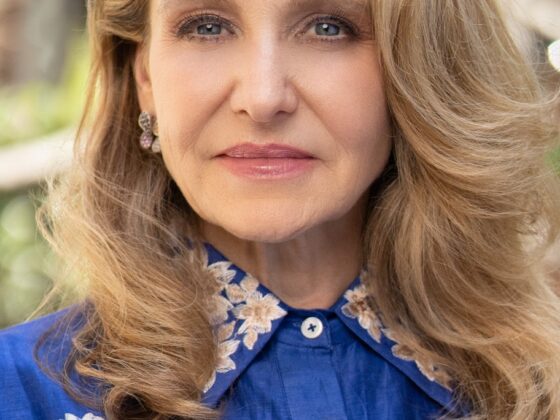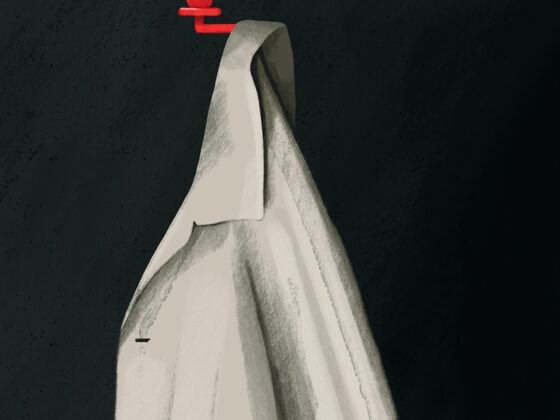This article is from 2022, if you want to read other things on the same topic we recommend:
Over the past two decades, Cancer World has had the privilege of publishing profiles of many women who have been leading efforts to improve the quality of cancer care. Coming from all corners of Europe, working in all areas of clinical and translational oncology, the stories of the women and their achievements are impressive and inspirational. They are also fascinating in the insight they give as to why they made the career choices they did, and the help and the hindrances they encountered along the way. The importance they attached to having women as role models and mentors is a theme mentioned by many of them. And in publishing these profiles, Cancer World recognised how important all these women are themselves as role models for younger generations.
And yet, after twenty years of inspirational stories, the latest research, published only weeks ago, shows women remain very poorly represented in leadership roles in oncology, occupying only 31.4% of chairs in medical oncology, 17.4% in radiation oncology and 11.1% in surgical oncology. There is clearly a long way to go.
To mark the International Day of Women and Girls in Science, on February 11, the Cancer World editorial team undertook the joyful task of sifting through the stories of some of the women we have profiled over the years, to see what they themselves said about being a woman working in oncology.
Martine Piccart: medical oncologist
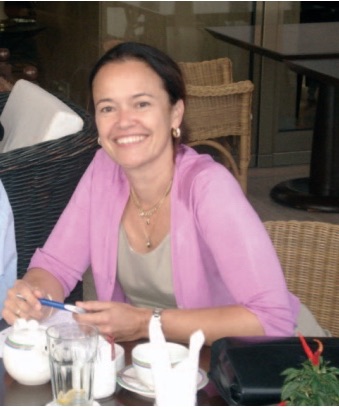 We give a special mention to Martine Piccart, who was the first woman president of the European Medical Society for Oncology (ESMO). Piccart was profiled for the cover story of the first issue of Cancer Futures which was launched in 2001, and was the forerunner of Cancer World. The profile piece focused heavily on the leading role she played in tackling fragmentation of breast cancer clinical trials by setting up the Breast International Group (BIG), and convincing trials groups to work together. Its translational offshoot, TransBIG, organised the first large scale translational trial of its kind, MINDACT, which demonstrated that, for certain patients with early breast cancer, the Mammaprint gene signature could be used to predict who needed chemotherapy, and who could be spared.
We give a special mention to Martine Piccart, who was the first woman president of the European Medical Society for Oncology (ESMO). Piccart was profiled for the cover story of the first issue of Cancer Futures which was launched in 2001, and was the forerunner of Cancer World. The profile piece focused heavily on the leading role she played in tackling fragmentation of breast cancer clinical trials by setting up the Breast International Group (BIG), and convincing trials groups to work together. Its translational offshoot, TransBIG, organised the first large scale translational trial of its kind, MINDACT, which demonstrated that, for certain patients with early breast cancer, the Mammaprint gene signature could be used to predict who needed chemotherapy, and who could be spared.
Piccart was masterful at not just bringing academic researchers together, but also negotiating relationships with pharmaceutical companies that allowed them to work together without compromising the independence of the research and the findings.
One of her most lasting legacies may be the establishment of ESMO’s Magnitude of Clinical Benefit Scale, which was set up when she was ESMO President, and is now being widely used, including by the World Health Organisation and European HTA bodies to define the clinical benefit of oncology treatments.
While the Cancer Futures cover story did not touch on gender issues, Piccart’s name is mentioned as a mentor and inspiration by a number of women who were subsequently interviewed for profile pieces in Cancer World. It was she who launched ESMO’s Women for Oncology initiative in 2013 to try to address the underrepresentation of women in leadership positions.
Elisabeth de Vries: medical oncologist
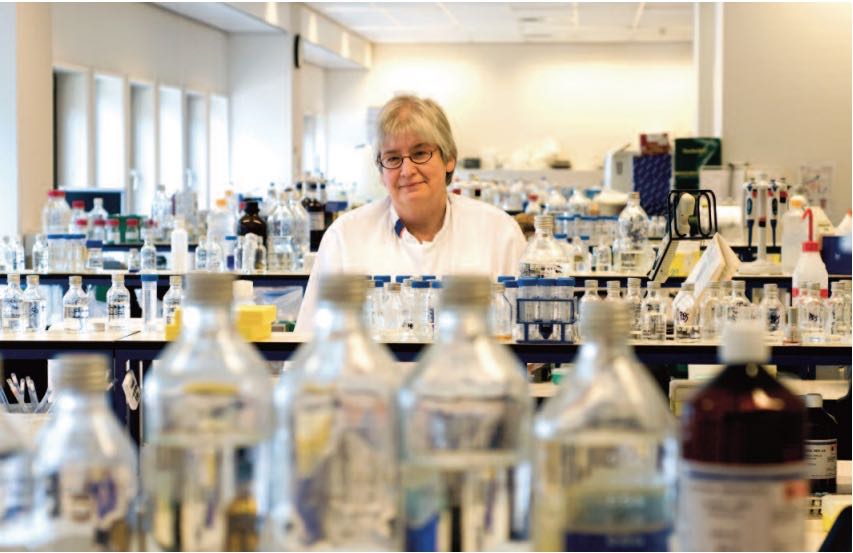
Elisabeth de Vries was the first female professor of medical oncology in the Netherlands, and has been the recipient of countless awards including the 2009 ESMO Award. She has taken on many leading roles within ESMO and currently chairs both the ESMO Cancer Medicines Committee, and the ESMO-Magnitude of Clinical Benefit Scale Working Group, which oversees the clinical benefit work started by Piccart.
When she was interviewed by Cancer World in 2011, de Vries was immersing herself in the amazing diagnostic opportunities that PET scanning could offer, and enjoying nurturing the enthusiasm and creativity of the young oncologists under her tutelage. When we asked her about being a woman in oncology, she had a lot to say.
“Traditionally, women have thought differently about careers than men… Women play life by ear, in the knowledge that children, family and unforeseen circumstances may get in the way of the best laid plans. Men, historically, have followed their ambitions.”
She remembered how her work on national and international committees revealed to her just how easily (and subconsciously) gender could influence decisions, and said “I’ve been endlessly on boards as the only female representative, and unfortunately, so many women have been needed that I simply couldn’t do it all.”
While she accepted change was coming, with women accounting for 70%– 80% of medical students in the Netherlands at that time, she felt that, when it comes to the high-flying medical oncologists who make a name on the international stage, the men would probably continue to have the highest profile for some time. This prediction is sadly borne out by the latest research.
Women doctors, she noted, are unwilling to blow their own trumpets even on their CVs. “Men are good at this whole thing of status, whether it be the car, the house or the career. It works, and we’re lacking that gene.”
Isabel Rubio: breast surgical oncologist
Isabel Rubio is Director of Breast Surgery at Clinica Universidad de Navarra, Madrid, President of the European Society of Breast Cancer Specialists (EUSOMA), head of public affairs at the European Society of Surgical Oncology (ESSO), and is heavily involved in accreditation and quality improvement efforts at a European level.
When we spoke to her for our 2019 article Women make great surgeons so why is the profession still dominated by men? she told us a little about her own experiences of gender bias in her chosen profession, and the changes she would like to see.
Some of these could be seen as incidents of ‘everyday sexism’ ‒ frustrating but not too damaging. For instance, when male surgeons introduce her, she said they tend use her first name, while men are given their surname and title. When she suggests conference sessions on women in surgery, some male colleagues say they don’t see the need. When a society she was involved in decided to publish a booklet on surgery, she was the only one to notice that every single surgeon pictured was male.
More damaging, she says, were the patronising attitudes she encountered on her way up the surgical ladder, when she says she was often treated as if she were a child – male colleagues regularly suggested she didn’t have their stamina and told her to take a break while they ploughed on.
“Our unconscious attitudes, which have arisen from pre-formed associations, can affect what we say and do without our knowledge – and may even contradict our conscious beliefs,” said Rubio. She believed it affects how women progress in surgery. And without enough women at the top, where are the role models for future female surgeons? she asked. How will the gender gap in cancer surgery ever be closed? “There are too few female mentors in surgery and the lack of female role models in surgical leadership contributes to the perpetuation of male stereotypes,” she felt.
Like De Vries, Rubio talks of all the board meetings of surgical societies where she has wished there were many more women – not simply because she felt outnumbered, but because women and men often approach things differently. “It’s not a fight, because we need men to work all this out too and to understand that there is a problem with gender bias. To solve it, there’s a need for everyone to realise that some things need to change.”
Malin Sund: surgical oncologist
Malin Sund became the first ever female professor of surgery in Sweden in 2013. When Cancer World interviewed her for the same article on women in surgery, she talked about her own efforts to find out about perceived and actual obstacles to women pursuing careers in surgery, across Europe, which included initiating a survey done under the auspices of the European Union of Medical Specialists, the UEMS.
The results showed that, across most of Europe, the proportion of women surgeons is around 30% to 40%, while in some countries it is as low as 20%. The more worrying issue flagged up was the high dropout rate in many countries. While the number of trained women surgeons not actively working as surgeons is very low in Nordic countries, the UK and Netherlands, she said, it is higher in Germany and reaches 25% in some southern European countries.
Sund believed that family issues are a factor, but they vary in significance from country to country. Sweden is one of the countries where the number of women in surgical training is equal to men. “In the Nordic countries, with our generous social support and good quality day care, it’s fully possible to be a practising surgeon and mother, whereas in many countries that might not be the case,” she says. “There are studies showing that academic surgeons tend to have no children or fewer children than other female physicians, but whether you have to make that sacrifice depends on the country you live in.
“Our survey responses from southern European countries tend to focus on the difficulties of organising family life. So it wasn’t doing the surgery itself that was the problem, but the expected lifestyle of the surgeon – that the work hours are very hard to combine with a functioning family. In the more northern countries, the problems were less about external day care, and more about the division of labour in the home: a lot seems to depend on who you choose to start a family with.”
The UEMS survey also showed that women feel excluded from the male-dominated networks where promotions are unofficially discussed and decided, said Sund. “This is interesting from a Scandinavian or Swedish perspective, because I don’t think women don’t get up the hierarchy because men aren’t being nice. It’s just that the networks that develop before training and during training become somehow self-promoting of men.”
She felt role models are of value to help young female surgeons see a way of navigating the system, and said that, until they become more common and visible, there may be problems making any ambition seem realistic.
Maria Nazinkina Del Grande: medical oncologist
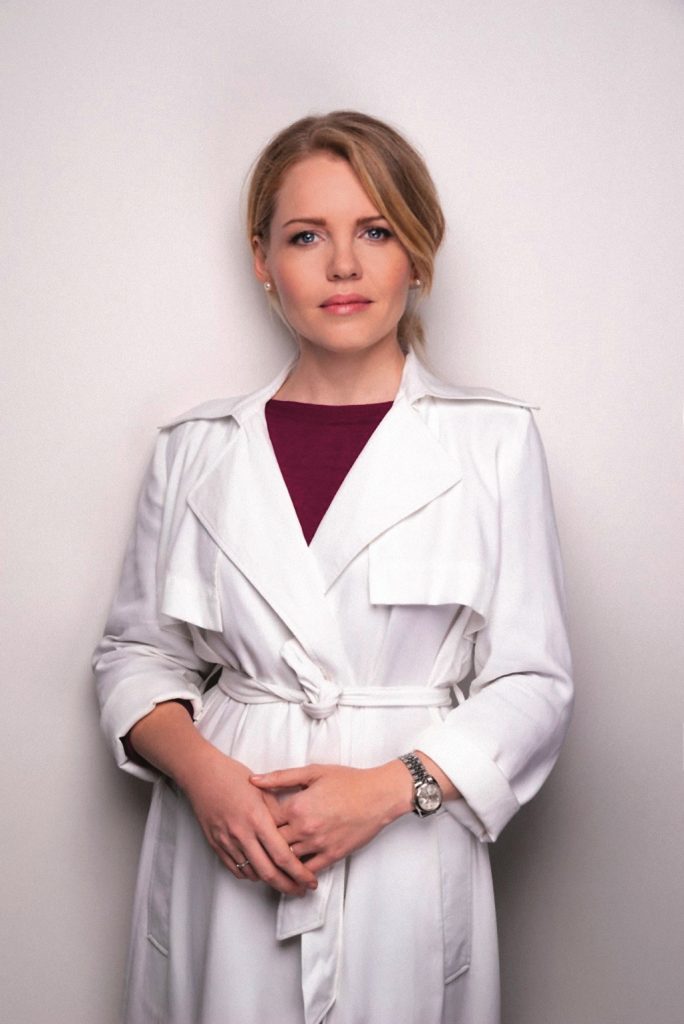 Maria Nazinkina Del Grande is a medical oncologist of Russian origins who works at the Oncology Institute of Southern Switzerland (IOSI). Her mother and grandmother were both leading radiologists in St Petersburg, and she herself is keen to develop the academic side of her career ‒ with a strong radiology angle.
Maria Nazinkina Del Grande is a medical oncologist of Russian origins who works at the Oncology Institute of Southern Switzerland (IOSI). Her mother and grandmother were both leading radiologists in St Petersburg, and she herself is keen to develop the academic side of her career ‒ with a strong radiology angle.
When Cancer World spoke to her, in 2019, much of the interview focused on her experience of using her language, professional and cultural skills working with the SILK project in Kyrgyzstan, which aimed to improve breast cancer diagnosis and treatment in this mountainous lower-middle income country.
But we also spoke about her own research interests and career prospects, and how they were impacted by her decision to start a family. At the time she had already initiated a new project together with the radiology department, researching radiological examination combinations, to find out which are most useful for patients. She also talked of her particular interest in exploring the potential of using muscle composition, measured by CT scan, as a measurable predictor of response to chemotherapy, progression free survival, and other clinically relevant outcomes in ovarian and breast cancers.
The problem was that the schedule for her clinical work meant that any research activities had to be carried out in her own time, which, as she explained, made life very difficult particularly for people like her, a mother to a young child. The stresses she described no doubt provide some of the explanation for the recent findings about women oncologists failing to reach the heights of their profession.
Del Grande talked about how, after the birth of her son, she had to return to work after only four months maternity leave, and initially found it very challenging. “I didn’t expect that it would be so tough for me. I thought I’d be the perfect mother and the perfect professional.” She found she had almost no time left for her research work, which she said had been put “on pause”… The problem, she said is that, in Switzerland, there are no protected research hours outside of university hospitals. Del Grande felt this was affecting the careers of mothers in the hospital, as research publications are necessary for promotion, especially to professorships, and said there were no mothers at high levels within the Institute, with many careers stagnating at lower levels.
Del Grande believed much more could be done to make it easier for women shouldering childcare responsibilities to be able to do research and progress.
Enriqueta Felip: medical oncologist
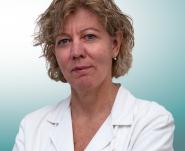 Enriqueta Felip, heads up the lung cancer unit at Barcelona’s prestigious Vall d’Hebron Hospital, where she manages both the clinical and the trials work. It’s a heavy workload in a cancer that has seen rapid progress in defining new mutations and treatments.
Enriqueta Felip, heads up the lung cancer unit at Barcelona’s prestigious Vall d’Hebron Hospital, where she manages both the clinical and the trials work. It’s a heavy workload in a cancer that has seen rapid progress in defining new mutations and treatments.
She too has a young son, but when we interviewed her in 2014 she said she didn’t see a major problem in combining motherhood with a research career. Both men and women face the challenge of having enough time, especially time for a family, she said. And while she agreed that some women definitely have problems with childcare and taking a break in their career, she argued that it is families that need support, not necessarily women. She herself had the benefit of constant help from her retired parents, who looked after her son when he was a baby, and handle the school run. “Our lives are very busy. I do a lot of travelling to conferences, because I believe it’s very important to interact with people and share information – it’s part of my job. It’s not a problem – I can do it. And it shouldn’t be a problem for men either.”
Nadia Harbeck: gynaecologist
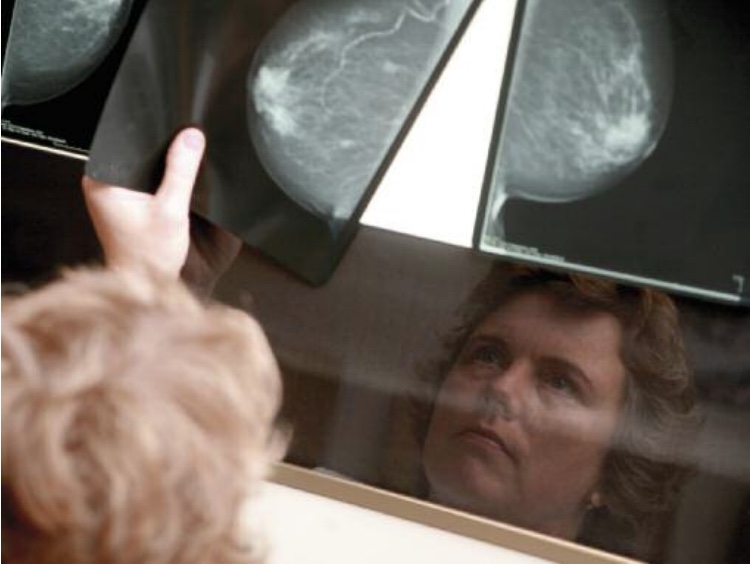
Nadia Harbeck is head of the Breast Centre and holds the chair for Conservative Oncology at the Department of Obstetrics and Gynaecology at the LMU University of Munich, Germany. She plays a leading role in numerous breast cancer trials, particularly with novel targeted compounds, she carries out translational research focused on prognostic and predictive factors in breast cancer and other solid tumours, and in 2020 she won the ESMO Lifetime Achievement award. Surprisingly, however, her background is not in medical oncology, but in gynaecology and obstetrics.
When Cancer World interviewed her in 2008, Harbeck commented of her career that “there can’t be too many internationally known oncologists who have delivered babies and carried out breast cancer surgery and many other procedures such as hysterectomies, and who are now investigating novel therapies.”
All that, while herself being mother to four children. When we asked how she made that work, she paid tribute to the people in her professional life who had smoothed the way for her in a system that was not well-adapted to women who occasionally wanted time out for their family life. And echoing points made by others, she argued that it is important to enable women to play a full role at leadership levels, because they bring a different style of leadership, with its own distinctive strengths.
At the time of the interview, Harbeck was working at the ob/gyn department at the hospital of the Technical University of Munich. She mentioned, as significant to her own career, that her head of department, Marion Kiechle, was the only woman director of gynaecology in any university hospital in any German speaking country at that time.
Harbeck feels she benefited from having a woman as a mentor and role model, but also from her more flexible style of leadership. “In my department, at least, hierarchies are not so rigid,” she said, “and that makes it easier for me to travel and network, without which it would be very hard to progress with work such as our trials portfolio.”
Elsewhere in Germany, she said, department heads tended to run everything and take all the credit, and also gave little scope for younger staff to learn the administrative side of running a unit.
Choosing to combine her career with having a sizeable family meant that it took her at least three years more than male peers to achieve her full ob/gyn qualification. Though clearly the extended training period did not hold her back in the long run, she acknowledged that combining the two roles was quite hard work. “It is not surprising then that a lot of women gynaecologists go off to private practice, where they can work part time to accommodate family life,” she noted. “It is especially difficult for women with families to get to the top in surgical specialities.”
She talks about the importance of having secure employment for people who want to combine academic careers with having a family. A potential make or break point for her own career came when she was expecting her first child, while on a two-year contract. A new translational research unit with a dedicated lab had just been set up at the Technical University led by a man who had previously headed up the obs/gyn department. “[He] had the vision of a role for a physician/scientist… and he liked my background,” said Harbeck, “and when I left to have my first child he kept a tenured position open for me, which was very unusual then. You can’t have a family and plan research if you only have two-year contracts. This was a decisive point in my career.”
Sophie Fosså: urologist
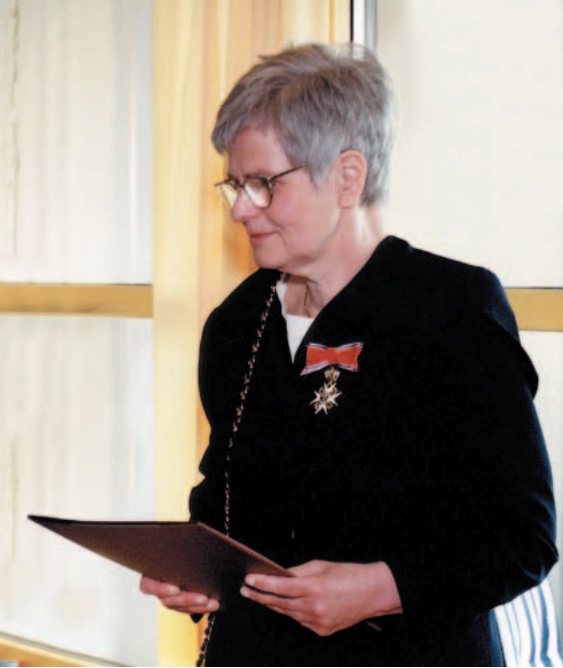 Sophie Fosså is now a Professor Emerita at Oslo University Hospital, has strings of awards to her name and is still churning out clinical studies on urology treatments, with a particular focus on toxicities and long term effects.
Sophie Fosså is now a Professor Emerita at Oslo University Hospital, has strings of awards to her name and is still churning out clinical studies on urology treatments, with a particular focus on toxicities and long term effects.
What’s interesting in the gender equality aspect of her story is that, when she chose to go into oncology, back in 1968, she was not looking for a glittering academic career, but for a job that would give her predictable hours to enable her to start a family: “This was a way I could have children and manage.”
However, she said she ended up forced to get involved in research and get herself published as the only way to get her urology colleagues, at the Norske Radium Hospital (NRH) in Oslo, to accept the new standards of care being developed outside Norway, that she had felt she needed to learn about and use in her clinical practice. “The NRH had not much contact with international colleagues, at least not for urological cancer. Chemotherapy was not used for bladder cancer. I had to find my own way, and I found it through the European Organisation for Research and Treatment of Cancer. I learned about new drugs and new ways to treat this cancer.”
She was shocked at the hostility this aroused among colleagues ‒ not helped by her part-German heritage (still a sore point in Norway in those days). “The urologists even wrote a letter of protest to my chief that I was a woman, and this was a male cancer, and I was a foreigner and not an urologist. I understood that the only way to convince them was to publish and look for support in other countries.”
This was the start of what turned into an impressive academic career that she still thoroughly enjoys, and it got her the acceptance and acknowledgement she deserved. It was grindingly hard work at the time, though. For her doctoral thesis on the study of DNA in bladder cancer using cytophotometry, she worked alone, without supervision, at night, after finishing her day’s shift. Then in the morning she would go to the hospital at 5 am to put in two hours of work, then return to go swimming with her children before going back to work.
Two of her four sons followed in her footsteps to become doctors. At the time of our interview, they themselves were struggling with childminding issues ‒ and hoping Fosså would step in. “My children think I should spend more time being a grandmother, and they probably are right,” she said. “But I have my life and I am invited to conferences. My daughter in law called me to see if I could babysit. I said I can’t come, I am in the USA.”
Agnes Buzyn: haematologist
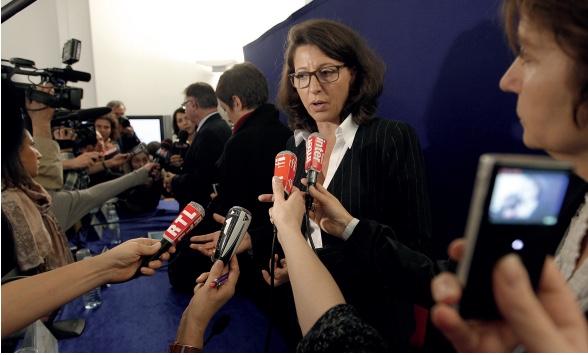
Agnes Buzyn, who served as Health Minister in France between 2017 and 2020, was interviewed in Cancer World in 2013, during her period leading the country’s National Cancer Institute INCa ‒ the first woman in that post. While the interview focused mainly on her role overseeing France’s joined-up approach to tackling cancer on the treatment, research and prevention fronts, it also touched on factors that had shaped her own career in haematology, including gender equality.
Buzyn talked a bit about the resistance she had encountered when she was appointed professor of clinical haematology at Paris Descartes University. Although France is not seen as a rigidly patriarchal society, she said, some reluctance remains among men to seeing women in senior positions, which is particularly marked in academic medicine. “It’s still hard for women to have an academic career – men just don’t see women as taking their place even if you have all the diplomas and research papers and are equivalent to them,” she said.
“I had lots of jealousy from colleagues at the hospital after my appointment as a professor. There are many women working in labs and in specialties such as pathology and geriatrics – but there is resistance to us becoming heads in what are seen as major disciplines such as haematology. Other women colleagues and I even thought of setting up a pressure group to highlight this issue.”
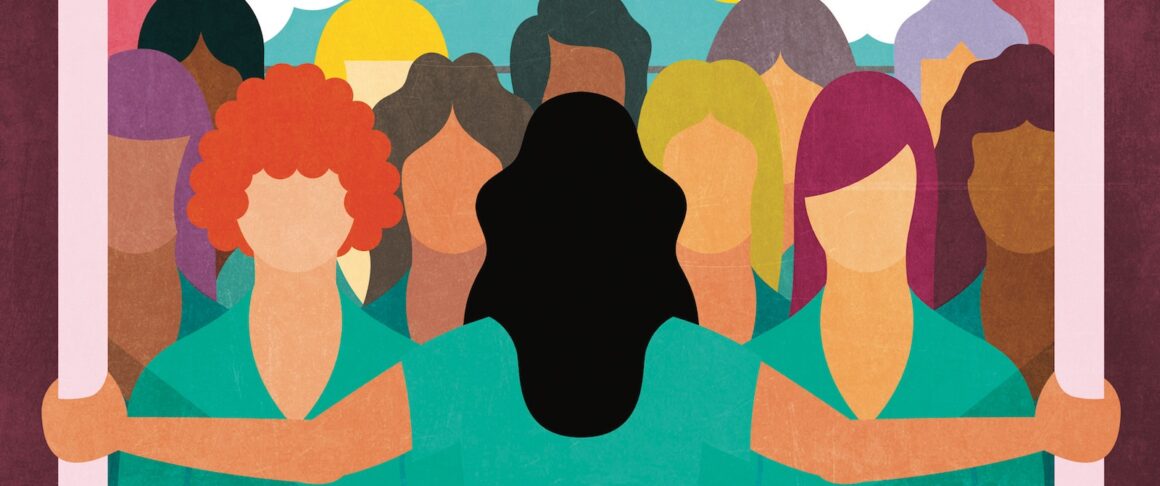
The above selection of extracts taken from interviews with some of Europe’s outstanding women oncologists over almost two decades offers some powerful insights into why women remain in a minority at the top of all areas of oncology… and about why that matters.
The good news is that younger generations of oncologists have some great role models to follow. Below we give links to almost the full set of profiles of leading women from all walks of oncology published by Cancer World so far. They make inspiring and entertaining reading, and we would encourage young oncologists in particular to take a look and be part of changing the field in ways that give a better chance for everyone to realise their own potential and contribute their best to the collective effort to reduce the deaths and damage done by cancer.
Our profiles of the lives, careers and concerns of leading women oncologists
Fatima Cardoso: The Next Generation (2005)
Sophie Fosså: The Survival Expert (2005)
Stella Kyriakides: The Torch Bearer (2005)
Laura Van ’t Veer: The Person behind Personalised Medicine (2006)
Tanja Čufer: All the Confidence of New Europe (2007)
Lesley Fallowfield: Getting the Message Across (2006)
Nadia Harbeck: Breaking with Convention (2008)
Hélène Sancho-Garnier: A Scientist without Borders (2008)
Pat Price: Asking the Right Questions (2009)
Vesna Kesic: Exporting Excellence in Women’s Cancers (2009)
Hiba Basic: Steadfast in Sarajevo (2010)
Sarah Faithfull: Unleashing the Potential of Cancer Nursing (2010)
Elisabeth de Vries: For the Love of the Job (2011)
Ruth Ladenstein: Raising Standards of Care for our Young Patients (2011)
Luzia Travado: Improving Outcomes for Patient by Attending to their Distress (2011)
Pinuccia Valagussa: The Secret Behind a Successful Clinical Trial (2011)
Mary Gospodarowicz: Just do it (2012)
Mahasti Saghatchian: Pioneering a Quality Mark for Europe’s Cancer Centres (2012)
Agnes Buzyn: Protecting France’s AAA rating for Cancer Care (2013)
Enriqueta Felip: Breaking Boundaries in Lung Cancer (2014)
Shelley Dolan: Walking Alongside Patients (2014)
Elżbieta Senkus: Facing Down the Fear (2017)
Helen Boyle: Putting Personalised Care into Practice (2018)
Our in the Hot Seat interviews
Agnes Buzyn: French Minister for Solidarity and Health (2018)
Dina Tiniakos: President of the European Society of Pathology (2019)
Stella Kyriakides: EU Minister for Health (2020)
Solange Peters: President of the European Society for Medical Oncology (2020)
Feature piece
Women make great surgeons, so why is the profession still dominated by men? (2020)

